
Regardless of the future potential AI influences, the online (eCommerce-retail) channel will remain the most impersonal medium for anyone wanting to buy online.
In most instances, people like it that way. They want to be left alone to gather information on their terms to satisfy whatever need he/she may have. Forbes coined the phrase “empowered consumer” a few years ago.
Empowering people to control their own digital-destiny remains essential.
BUT (and this is a big "but"), scientific principles can be applied and embedded throughout digital journeys, which are designed to encourage consumers to buy online.
And all of this can be achieved with people still feeling like they are 100% in control!
This article goes deeper, explaining how behavioural sciences are used to motivate consumers to buy.
Behavioural Sciences - the foundation:
The science of creating intuitive journeys has been around for decades. The clever people behind Jeff Bezos and Amazon were the early pioneers, and I had the privilege of working with them during this time.
In the early 2000s, we developed a methodology around the digital sciences founded on Myer's Brigg's psychological principles, which diagnosed and accurately predicted the science behind human behavioural motivations.
This science dates back to the 1920s and dissected human motivations into four primary behavioural pillars...
- Introversion or Extraversion. Introverts focus inward on their thoughts, and extroverts focus outward on the world.
- Sensing or Intuition. A sensing person considers the details of a situation and uses their senses to examine the evidence. An intuitive person is more abstract and will focus on future possibilities instead of what is currently present in the situation.
- Thinking or Feeling. A thinking personality uses facts, data, and objectivity to decide. A feeling personality type will prefer to use emotional factors such as the emotional impact on themselves or others to make decisions.
- Judging or Perceiving. Judging-oriented individuals are structured and make formal decisions, while perceiving-oriented individuals tend to plan less and adapt better to change.
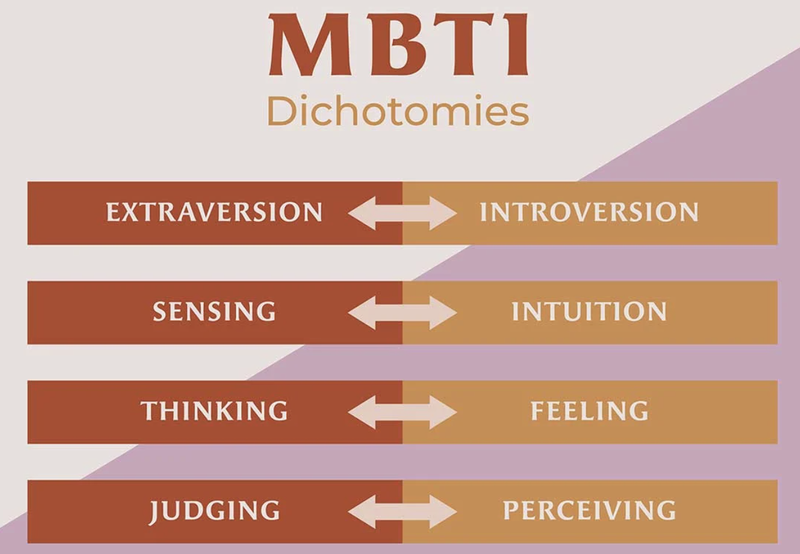
Of course, the digital behavioural sciences have evolved since then thanks to the access to behavioural data (as you will see below), but the above was the foundation on which we built.
We then took this foundation and focused on identifying the dynamic between the conscious AND subconscious mind and how this relates to creating online journeys that motivate buying behaviour.
The Power of the Subconscious Mind:
Harvard School of Business Professors confirms…
90% to 95% of decision making which leads to online purchasing behaviours takes place in the subconscious
People are not as "conscious" or logical as you think.
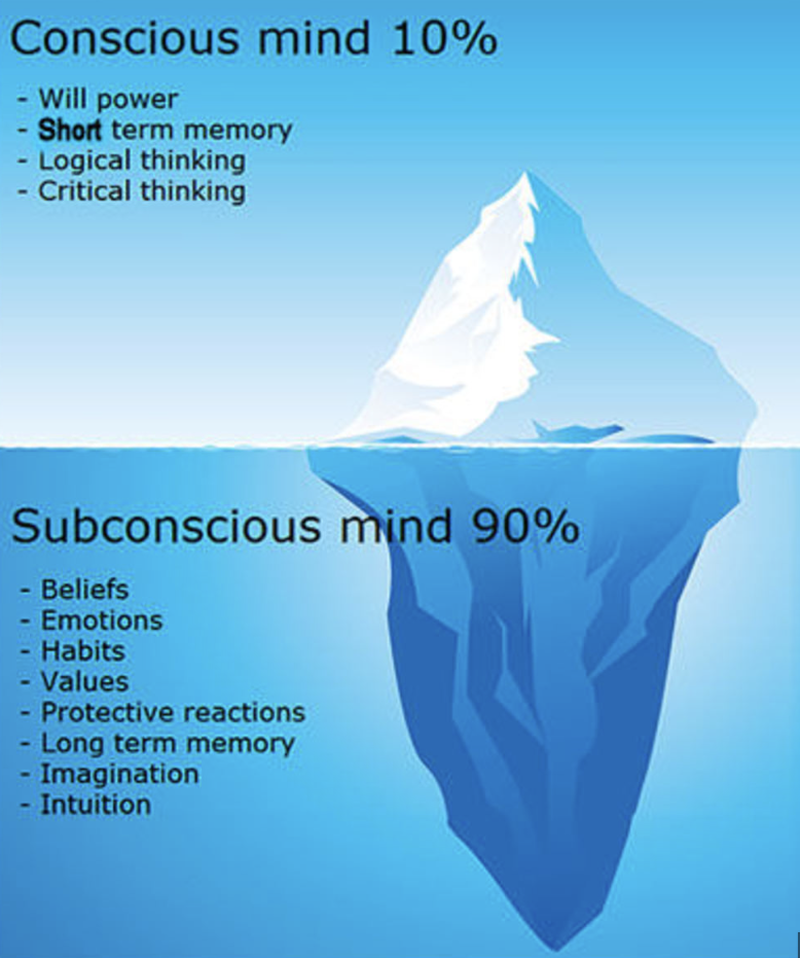
Defining the “Subconscious Mind”:
The subconscious mind is a fascinating and complex aspect of our mental processes that influences thoughts, emotions, and behaviours. Despite its importance in shaping our experiences, it remains largely unknown to our conscious awareness.
Do you remember trying to ride a bicycle for the first time?
The array of first attempts to synchronise a new set of complex actions is tricky because the conscious mind is hard at work. However, once we become more skilled, these movements require less conscious awareness until everything begins to flow naturally (and subconsciously).
These movements, now automated, are guided by one of the most potent inner forces driving human behaviour….the subconscious mind.
Take this principle and apply it to a person who has a need (an intent to buy). People have both physical and digital experiences in purchasing products/services, which has produced a set of known familiar actions that serve as a baseline for the subconscious mind.
Suppose a business leverages this baseline and creates online journeys that sustain and empower the subconscious mind to remain in control of a person’s engagement behaviours.
Research proves if this can be achieved, it prompts buying behaviours.
Mental Autopilot:
Think of the subconscious mind as a “mental autopilot” for the human brain. The mind is working, but the cognitive effort is low.
This is where the term “cognitive load” comes from, describing the volume of working memory and cognitive resources needed to move from one (digital) step to another.
Empowering the Subconscious Mind:
Now that the recognition of the subconscious mind has been established, the experience design sciences move to understand how to keep the subconscious mind in control.
Two critical sub-sciences come into play...
- Reducing effort or "Interaction Cost"
- Leveraging Heuristics - psychological shortcuts
#1. Reducing "Interaction Cost":
To keep the subconscious mind in control requires online experiences to be effort-less. Another way to position this is retailers/B2Bs must focus on reducing the effort needed for people to interact with the digital salespersons (your site).
There are two types of digital experiences:
Type 1 - Mental Effort (also referred to as Cognitive Load - see above)
Type 2 - Physical Effort
Interaction cost = Mental Effort + Physical effort
Below are some examples of mental and physical effort.
“Mental effort is defined as…
- Memory load – forcing people to remember information in order to engage (such as a coupon code)
- Trying to find information on a page
- Trying to read small copy or copy on a dark background
- Becoming lost on a site (figuring out "why did I land here?")
- Waiting for pages to load (slow page load speeds) – this pulls people out of mental autopilot
- Dealing with attention switches (such as flashing banners)
“Physical effort” is consumers….
- Excessive scrolling up or down
- Clicking or tapping on links and functional elements
- Typing information into form fields (in checkouts or long forms)
To enable the subconscious mind, both mental and physical effort must be reduced.
Many retailers only focus on reducing physical effort and overlook the impact of mental effort. Below is one example of this in action.
Presenting a high volume of products in a category - example:
It's common for retailers think the best thing to do is to get people in front of products as quickly as possible. In doing so, they present thousands of products.
Chemist Warehouse is a good example of this.
When consumers select the "Baby Care" category, they are confronted with over 1,800 products to sift through. What person will look at this volume of products on a smartphone?
Though this retailer thinks they are reducing physical effort, they are increasing mental effort. The consumer now must mentally process how to reduce the volume of products to engage with.
To fix this, Chemist Warehouse should present a "Baby Care" category page that presents subcategory options. This would enable people to access a deeper product range that matches their baby care needs.
A good example of this sub category treatment can be seen from Walmart (below).
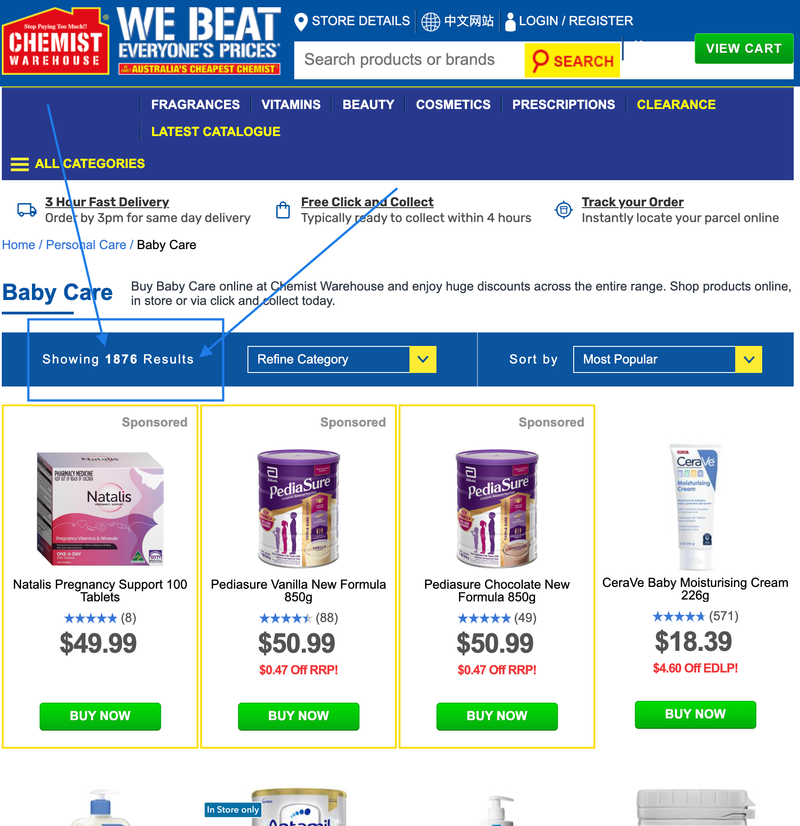
Walmart knows people do not want to be presented with thousands of products and has dedicated "category landing pages" to elegantly guide people through to deeper product ranges before products are presented.
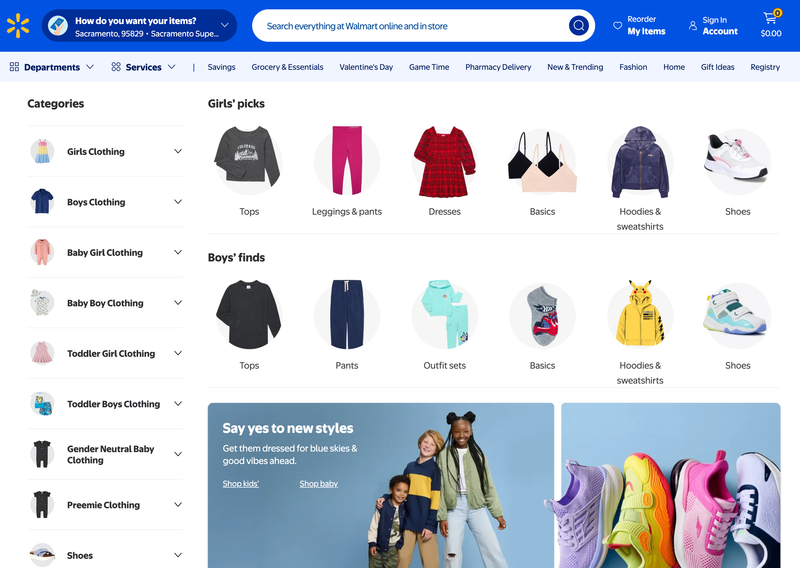
The behavioural sciences prove that adding an extra step in an online journey (such as the Walmart example) effectively reduces mental effort and empowers the subconscious mind.
#2. Leveraging Heuristics – psychological shortcuts:
The second sub-science to empowering the subconscious mind is the elegant infusion of Heuristics throughout online journeys.
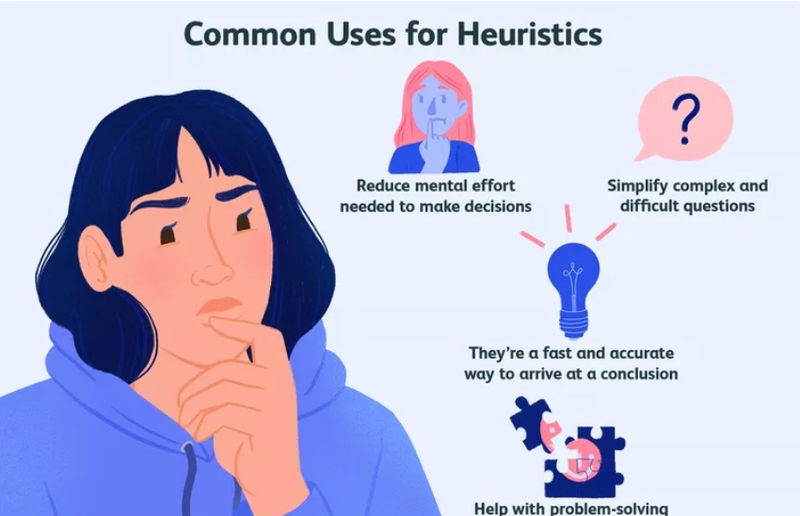
People always look for shortcuts to decision-making throughout the day to reduce cognitive load. But why is that?
The Harvard Business Review confirms the average adult makes 33,000 to 35,000 daily decisions.
A Heuristic is a cognitive tool for applying “mental shortcuts” to solve problems and/or make decisions. It’s a pragmatic method that is not fully optimised but is "good enough" to approximate a decision throughout the day.
The human brain has instinctively constructed a “shortcut” system as a survival instinct. And this can be leveraged digitally.
As the adoption of online information-gathering and online buying has grown, so has the brain’s instinctive processing of mental shortcuts to decide what to do when engaging online.
There is a long list of heuristics, one example is customer reviews.
Heuristic Example – Customer Reviews:
People will look at a product and not be sure it’s right for them. However, upon reading favourable customer reviews, the consumer will assume…
“If others love this product, I will love this product.”
This is what customer review content does to keep the subconscious mind in control.
Behavioural research proves when people read reviews, they convert 5 times more than those who don't read reviews.
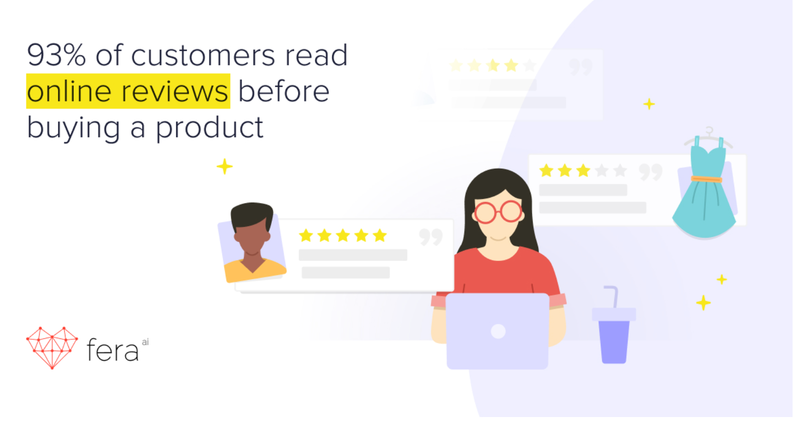
Google has completed extensive research on the power of Heuristics and how it empowers the subconscious mind and alleviates journey friction.
We (Google researchers) found that people deal with scale and complexity by using cognitive biases encoded deep in their psychology.
Conclusion:
The sciences available to plan and construct digital journeys that motivate consumer buying behaviours are both proven and vast.
The business community has a fantastic opportunity to move away from the guesswork that currently drives decisions and move to a calculated planning process that leverages proven sciences and methodologies.
It's never too late to make this change and evolve.

Benefits of working with an eCommerce Expert = Results:
When you work with an eCommerce Expert like Greg from Comma Consulting, these are the types of results you can expect...
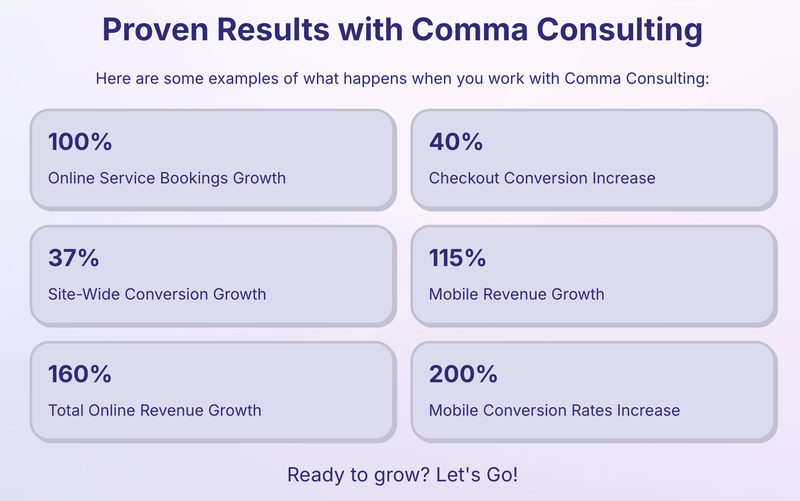
Ready to grow? Let's Go! Click here to contact Comma Consulting now.
This article was as tagged as AI eCommerce , Best Practice , Digital Strategy , Digital Transformation , eCommerce Consulting , eCommerce Conversion Rate Optimisation , UX Design